So what is the point of a blog?
Before we get into our top tips for writing and creating a blog it’s important to understand why having a blog can be so beneficial. First, it’s a way to connect with customers and users on your site, it’s your chance to speak directly to them and get out any information you may want. Blogs also have proven to produce 67% more leads per month and increase backlinks to your website. One of the most important impacts blogs create is how it improves your SEO, moving your site from the bottom of a Google search to the top! Now, there’s an entire plethora of other reasons why blog posts are beneficial (read more here) but let’s get started on some tips to make your blog the best it can be.
Tips for a successful blog
1. Create an INTRIGUING headline
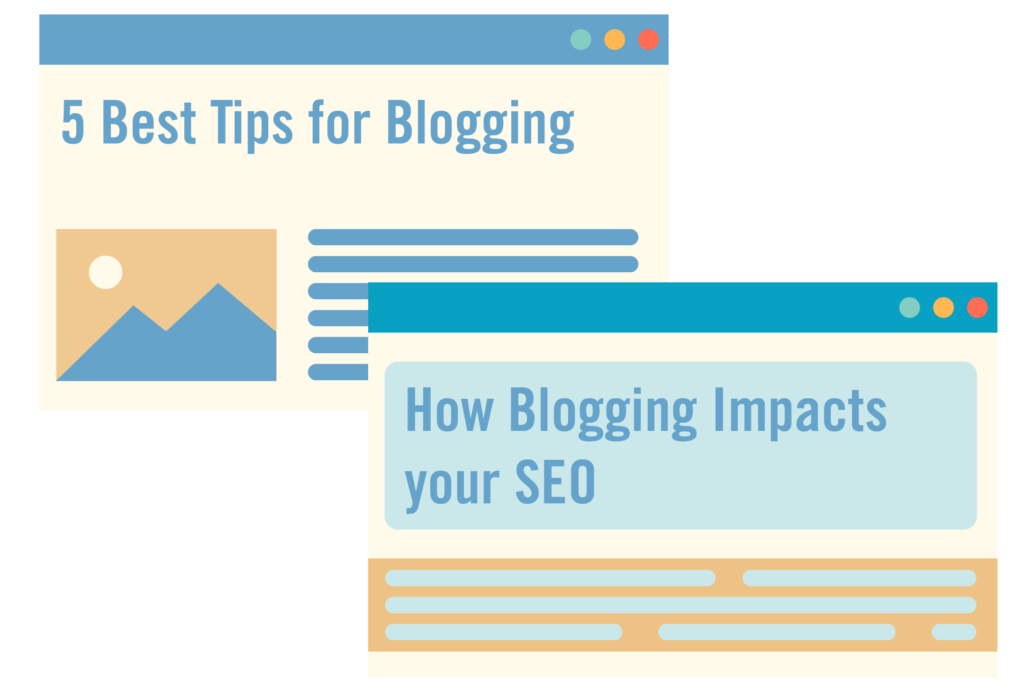
Your headline is one of the most important part of your blog, without catching the attention of possible readers you won’t have anyone reading your blog! One of the main ways to create a magnetic title is to use words that appeal to readers emotions. People are made to react to their emotions, making them more likely to click on a headline that appeals to them. Another popular strategy is using a list title. List titles get right to the point of what your blog is about and makes it come across as an easy read. Some examples are:
- “How to _____ in just X steps,”
- “Top X ways to _____”
- “X Secrets you Didn’t know about _____”
- “X Things we Learned from_____”
These types of titles are intriguing to readers and make them more likely to click and read more!
2. Useful subheads
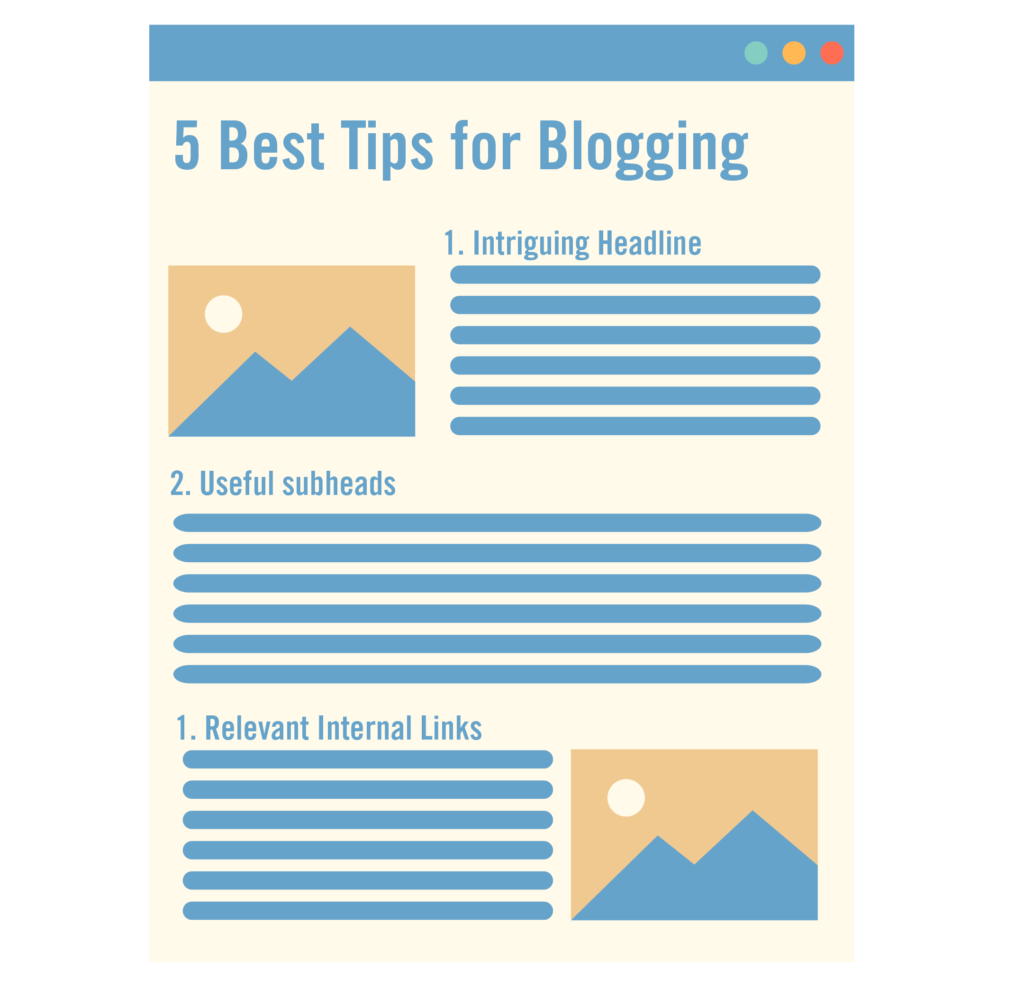
Subheads serve multiple purposes that can lead to readers spending a longer on your blog. First, subheads break up otherwise long and overwhelming text. Readers who are looking at a blog post are usually looking for quick, efficient answers to their questions. So when they are confronted with a huge block of text with seemingly no organization, they are more likely to leave and find another site that is easier to follow and navigate to the sections they are looking for.
In addition, subheads make the page more visually appealing. Similar to the reasons above, seeing a giant block of continuous text is unattractive and underwhelming. Adding in subheads creates spacing that is easier on the eyes and allows for better organization.
Lastly, subheads can help boost your search engine optimization (SEO). Subheads, when used correctly, can boost keywords that are relevant to your topic. Google and other search engines use headlines and subheadlines to grab key words from to help organize what sites go where with a given search result. So always be sure your subheads contain some key words you’re hoping to be associated with.
3. relevant internal links
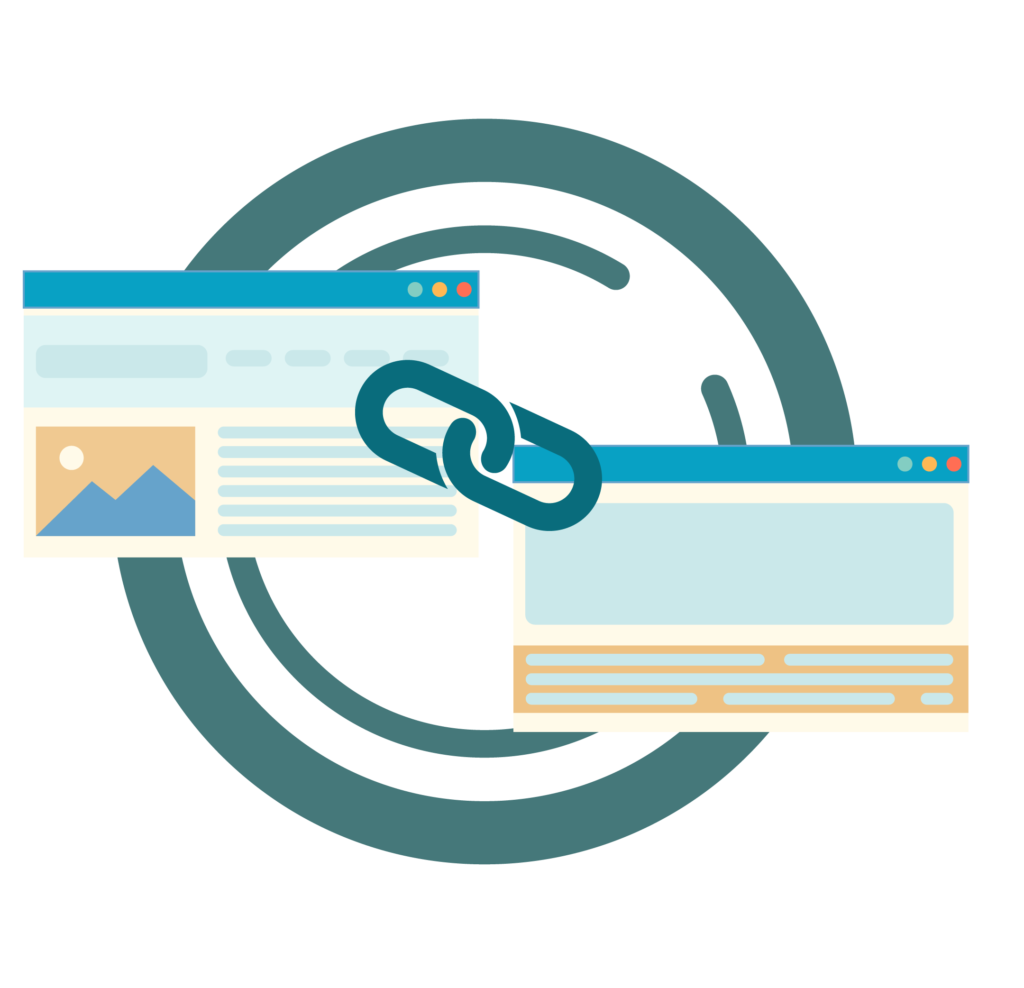
We all like free advertising, right? This is why you should always include links to other articles, pages, and forms you have on your website in every blog post you write. The goal is to make people stay on your website, so why not direct them to information or posts that might interest them and get the to further interact with your site?
Internal linking also benefits your SEO. Linking increases the number of pages per visit and time visitors are active on your site. The link itself doesn’t cause boosts in SEO, it is people interacting and clicking it, so make sure any internal links you use are relevant and interesting.
4. appealing images and graphics
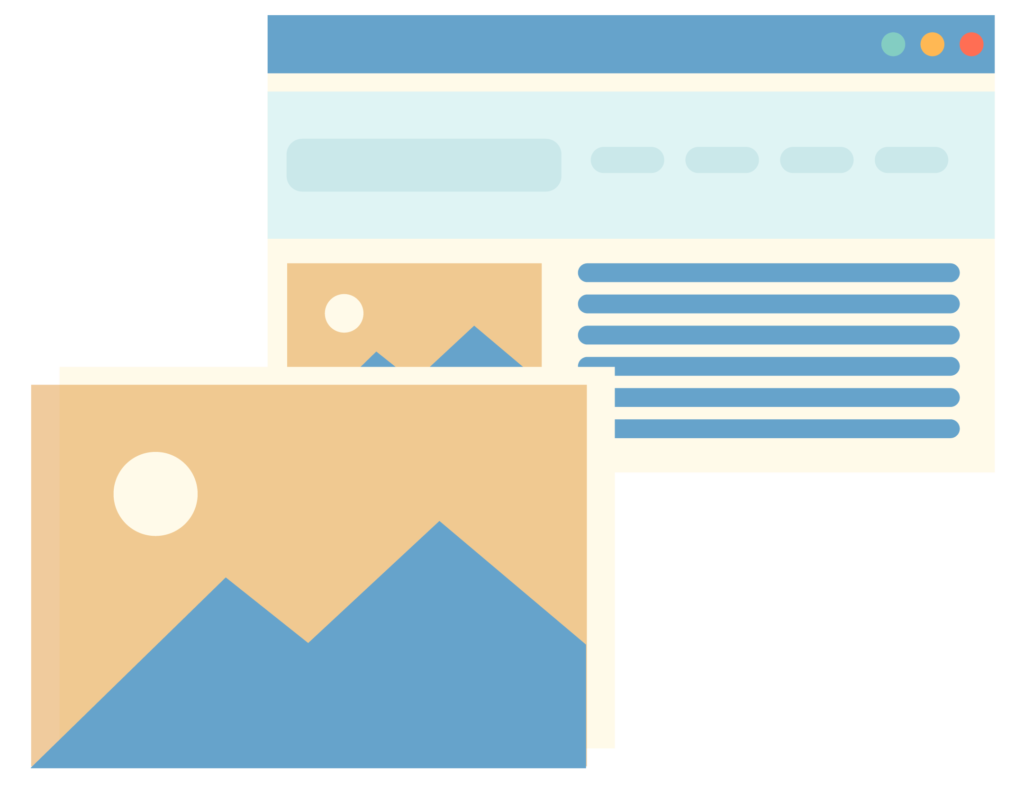
Similar to the importance of subheads creating an appealing look for your blog, images and graphics are key in making your blog stand out. Images help readers to visualize or conceptualize what you are talking about easier, making your whole blog post more appealing. In addition, Google measures the the time that people spend on your pages so additional elements such as graphics and unique typography can make reader linger on your page longer.
An additional plus to including appealing images on your blog is you can use these same images to promote your posts on social media!
5. Have a clear call to action (CTA)

Blogs are successful just by having people spend time on your site, but if you have a clear call to action within your post you can achieve more substantial success. Whether your goal is to get emails to sign up for a newsletter, sell a product, use a promotion code, or something else, your call to action needs to be clear.
Make sure your call to action is direct and related to the rest of the blog post. No one wants to buy a custom hat at the end of a blog about hiking trails. Be sure to include relevant links and instructions if readers need to take additional steps to achieve your call to action.
in conclusion
Blogs can be a HUGE asset for your business. From generating new clients to boosting your SEO there’s not many reasons not to include a blog on your website. By following these tips, you are well on your way to creating a successful blog! Need some additional advice or just don’t have time to create blog posts? Our web experts can help you with creating a blog platform, giving additional tips, and even create content!
